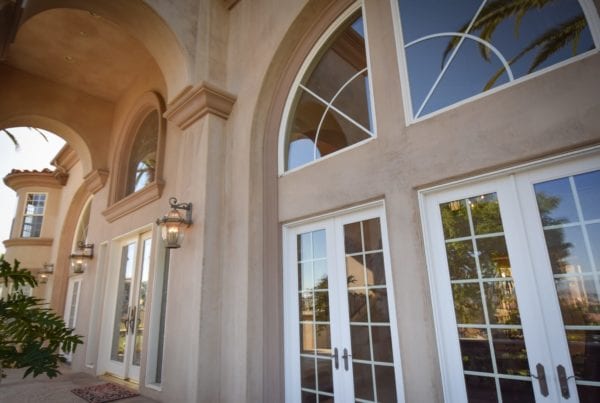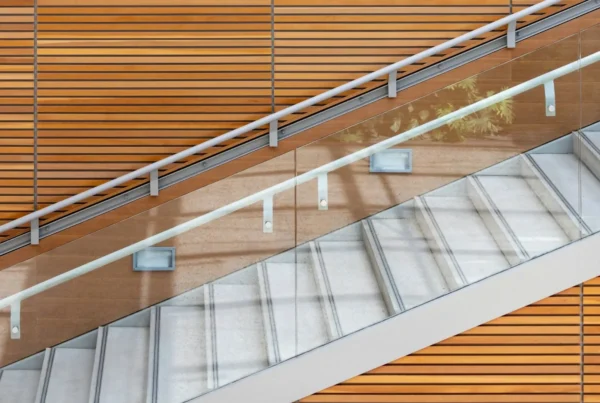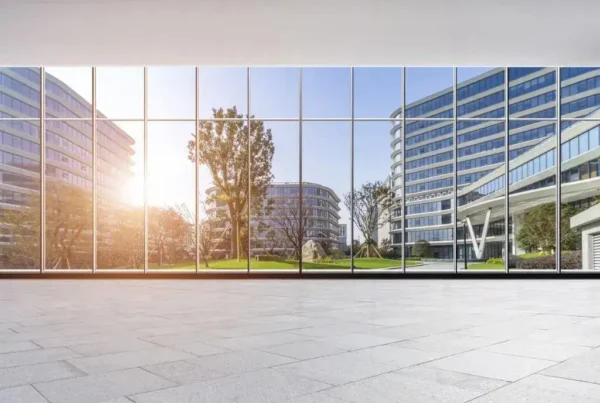With targeted violence and active threat incidents on the rise across the U.S., ensuring the safety of students and staff in the nation’s schools is a stronger priority than ever. It’s critical for schools to implement robust security measures that provide effective physical protection without sacrificing the welcoming atmosphere needed for learning.
One of the most vital aspects of school security is the protection of vulnerable entry points, especially doors and windows.
Secure doors, particularly exterior and classroom doors, are essential for creating a safe environment in schools. One way to harden a school’s doors against physical threats, including active threats, is by reinforcing them with retrofittable security glazing, such as Riot Glass.
Why Security Doors Matter in Schools
Standard doors and windows can easily be breached by intruders, leaving students and staff vulnerable to harm. That’s why it’s crucial to reinforce school doors with materials that offer greater security.
While other school security measures, including access control systems, help regulate who can enter a building or specific areas within, security glazing provides the physical barriers needed to protect against forced entry, potentially saving lives in the event of a worst-case active threat scenario.
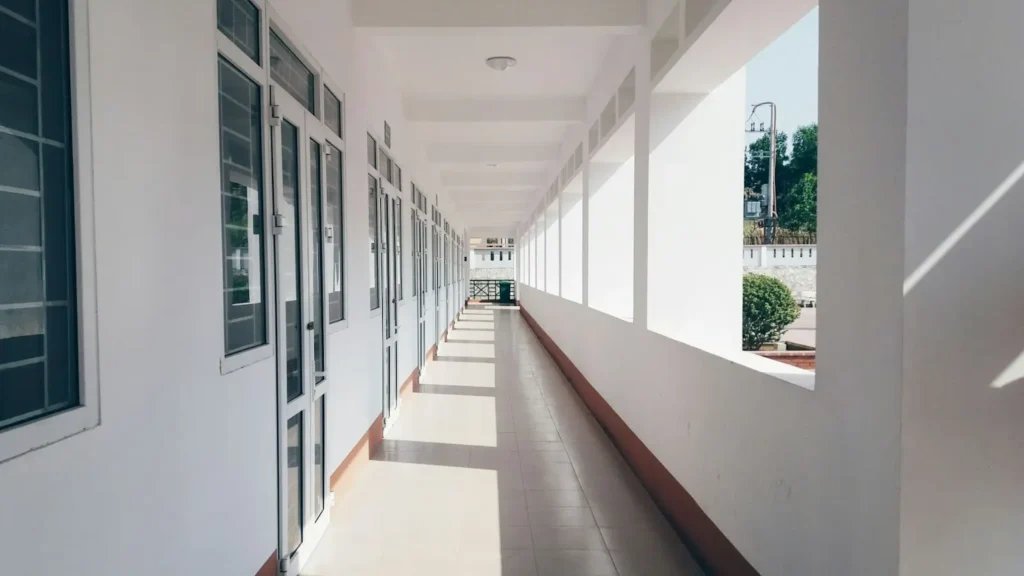
The Role of Security Glazing in Security Doors for Schools
Security glazing refers to specialized glass — or other glass-like, transparent materials — that resists breakage and penetration.
When applied to school doors and windows, security glazing offers a vital layer of protection against impact and forced entry.
The reinforced glass can significantly delay or, more commonly, completely prevent intruders from gaining access to a school and critical areas like classrooms. This provides valuable time for school occupants and law enforcement to respond to threats.
Benefits of Retrofitting School Doors with Security Glazing
Durability Against Impact
Standard commercial window and door glass is an extremely vulnerable material. Whether it’s annealed or tempered safety glass, these materials can shatter easily when struck with enough force, allowing intruders to access school buildings in a matter of seconds.
Security glazing, on the other hand, is engineered to resist significant impact, making it much harder for unauthorized individuals to breach entry points.
Alternative glazing materials like polycarbonate and acrylic plastics offer the same clarity as traditional glass but with far superior strength.
School security doors reinforced with these types of glazing materials offer an unmatched level of impact resistance, safeguarding schools and their occupants from a range of threats.
Protection Against Active Threats
Retrofitting school doors with forced entry-resistant security glazing creates life-saving access denial barriers, preventing an active threat from gaining access to critical areas like classrooms, where students and staff may be locked down.
Even if penetrated by bullets, the glazing remains a barrier to forced entry, stopping an attacker from reaching through to open a door from the inside.
Certain types of school door security glazing can even stop bullets from specific types of firearms, providing an even higher level of protection during an active threat scenario.
By using specialized security glazing, whether forced entry-resistant or ballistic-grade, to reinforce doors against forced entry and ballistic attacks, schools can significantly increase their active threat preparedness.
Delaying Intrusion and Providing Time for Response
One of the most significant benefits of security glazing is the delay it creates when an intruder attempts to breach a door or window.
Security glazing materials are designed to withstand repeated attempts to break through, providing a valuable window of time for students, staff, security, and law enforcement to respond to a threat.
In an active threat scenario, every second counts, and security glazing can make all the difference between an intruder gaining access within minutes or being delayed long enough for a coordinated response. With security glazing in place, individuals inside the school have more time to escape, hide, or lock down until help arrives.
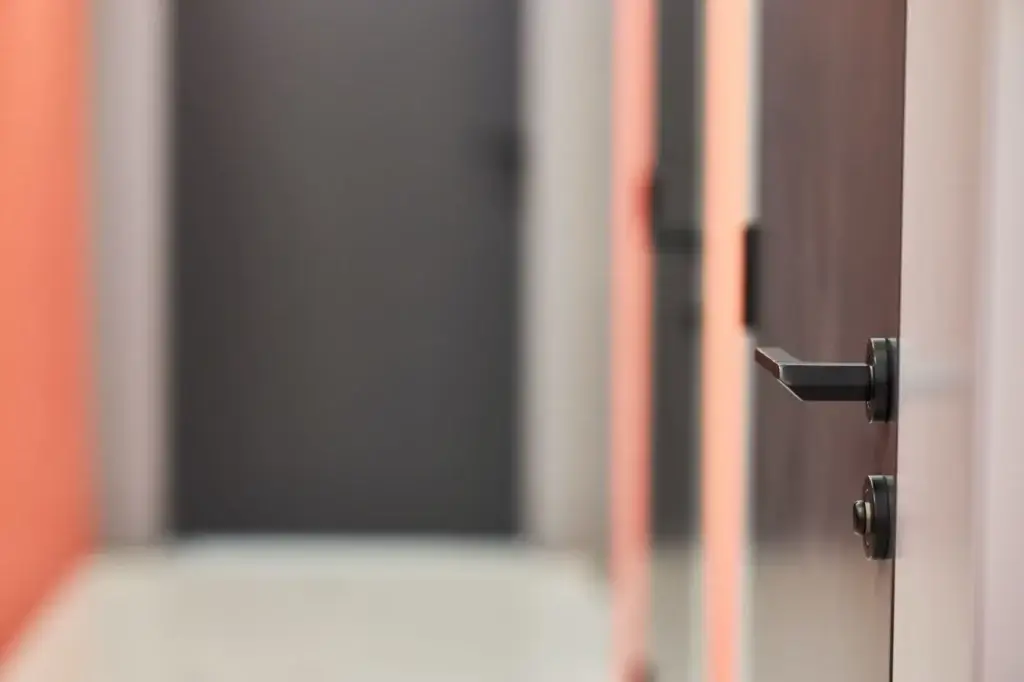
Deterrence Factor
The mere presence of security glazing in school doors and windows can act as a powerful deterrent to would-be intruders.
Knowing that a door or window is reinforced with specialized, impact-resistant glazing may make an intruder think twice before attempting to gain access. This deterrence factor is crucial in mitigating threats before they even begin and have a chance to escalate, as many would-be intruders will look for the easiest target.
Overall, retrofitting a school’s doors and windows with security glazing makes them less appealing targets for forced entry or targeted attacks.
Additional Protection from Other Threats
While security glazing is primarily designed to resist forced entry, it also provides protection against other types of threats, such as extreme weather, vandalism, and accidents.
For example, security glazing can withstand high winds and impacts from flying storm debris, making it a valuable asset in areas prone to strong wind storms or hurricanes.
Additionally, in the case of acts of vandalism or accidental impacts, security glazing offers increased protection compared to standard commercial glass, preventing further damage and reducing repair costs.
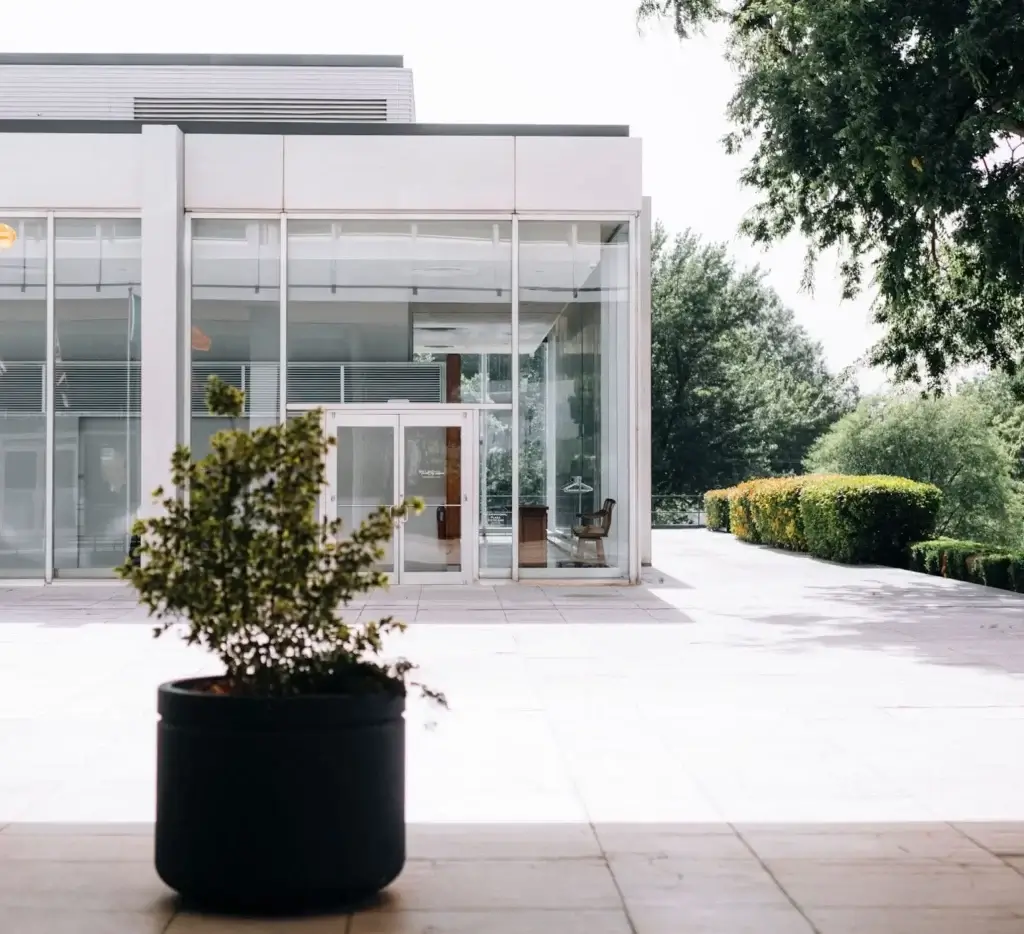
Key Takeaways
For schools looking to improve the safety and security of their campuses, investing in security doors with reinforced glazing should be a top priority.
Security glazing offers an extra layer of protection against physical intrusion and impacts of all types, perfectly complementing other more traditional security measures like access control, surveillance, and alarm systems.
At Campbell Glass and Films, we are authorized dealers and installers of Riot Glass retrofit security glazing solutions. Contact us now to discuss how we can help secure your school doors today.

